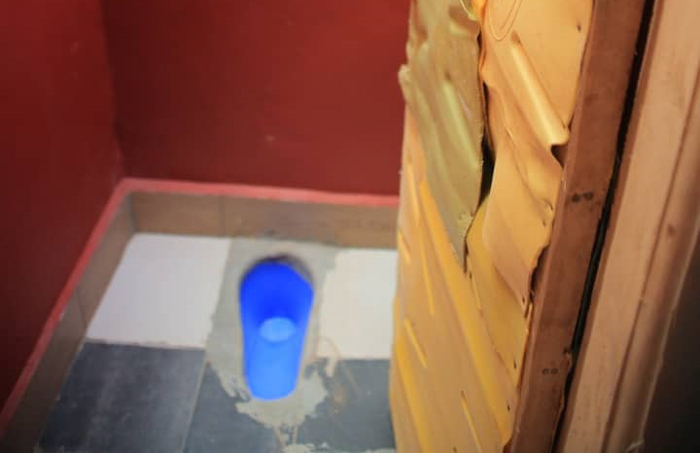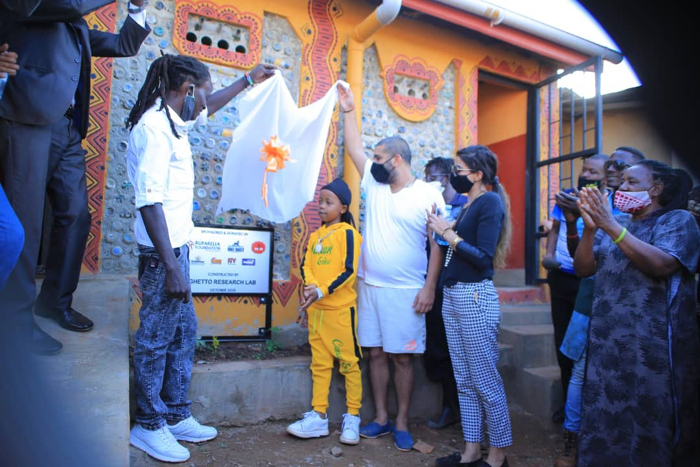Kamwokya slums, school get eco-friendly toilets
Hundreds of people like Nsubuga defecate in the open due to the lack of toilets in their area. But this is set to change with the installation of the first eco-toilet facilities in the area.
Moses Nsubuga and his family had been living miserably due to the lack of adequate sanitation facilities in Kamwokya slums.
Hundreds of people like Nsubuga defecate in the open due to the lack of toilets in their area. But this is set to change with the installation of the first eco-toilet facilities in the area.
One of these toilets has been built at Good Samaritan Primary School, a poor neighbourhood school of 500 pupils in Kamwokya. The facility that was constructed with proceeds from the Royal Ascot Goat Race was handed over on Friday by the Ruparelia Foundation.

While commissioning the facility, Rajiv Ruparelia, Managing director of Ruparelia Group was optimistic that the community especially the school children will put the facility to good use.
"This is a wonderful project which helps communities in many ways. Good sanitation, other than keeping the ghettos clean and healthy, also helps keep more children in school and education is fundamental to every society," he said.

Eco-toilet is a product of the Ghetto Research Labs, a community-based NGO in Kampala's Kamwokya slums. The bricks used to construct the toilets are made out of stuffing and compacting polythene bags, commonly known as kaveera into used plastic bottles and sealing them off with a cap.
A one-litre bottle can accommodate up to 750 kaveera while a 500ml bottle takes in up to 200 bags. The eco-bricks are then used as substitutes for normal clay bricks that are then used along with normal cement and sand mortar to erect wall structures.